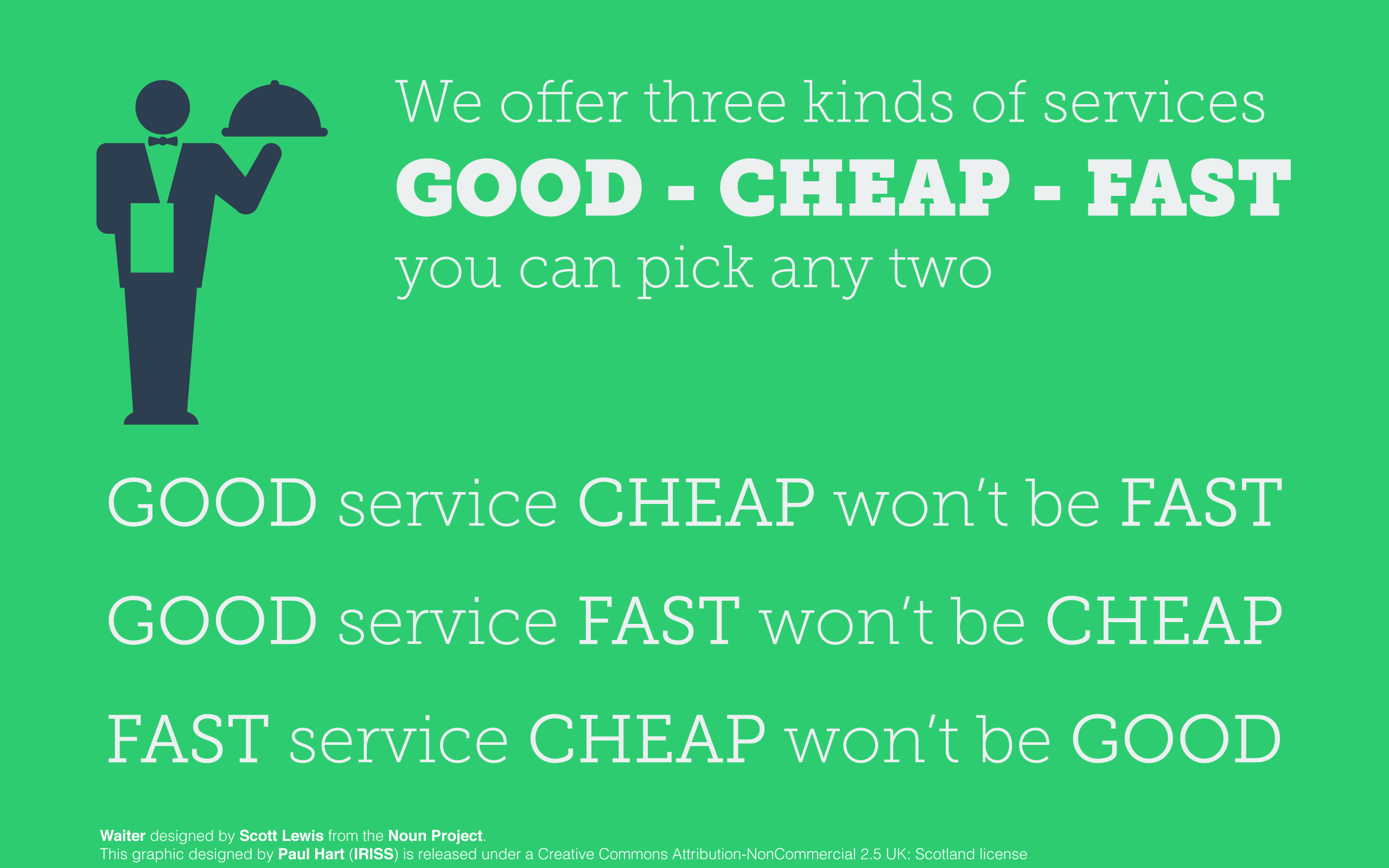Short. Sharp. And to the point.
I love full stops.
I think they're brilliant.
Here's why.
They help me convey messages.
Explain my ideas.
And make important points.
Quickly. Easily. Clearly.
They make type look good.
On a screen. And in print.
They do away with long-winded paragraphs. Wordy documents.
Boring blogs.
And stop me rambling on.
They help me write in a punchy way.
Say one thing well.
So my copy is quick to read.
And easy to digest.
See.
Look how fast you've rattled through this.
Yep.


